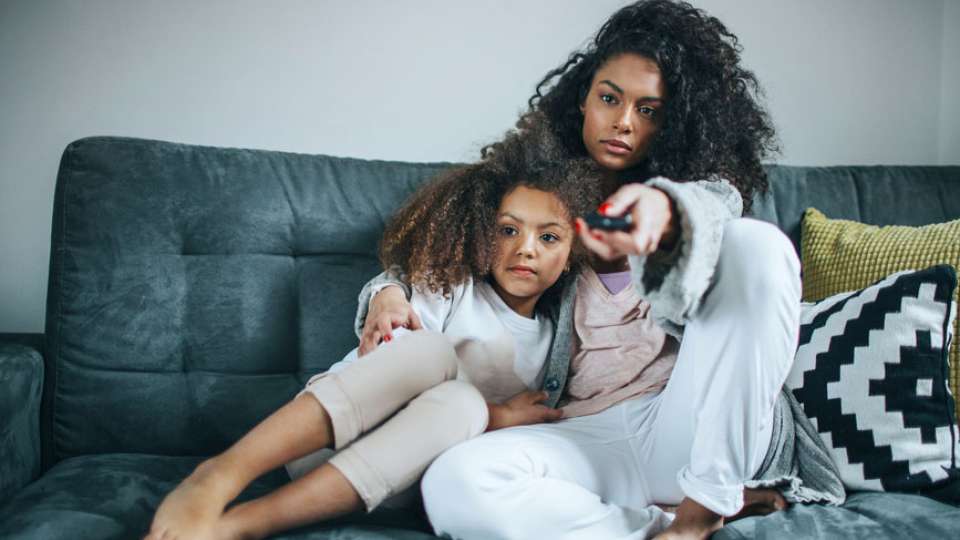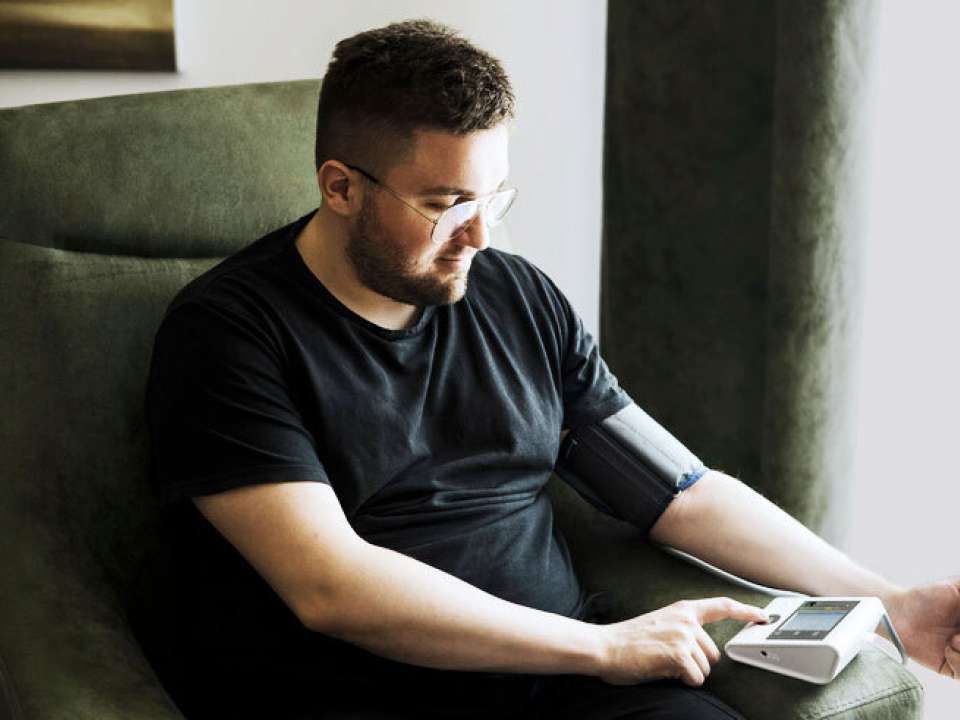
Though kids and screens had a strong bond before the pandemic, the chaotic days/weeks/months spent trapped in a house together (with parents desperate for a moment of peace and kids looking for a way to fill their day) understandably sent “screen time” soaring.
To be fair, there is plenty of educational and stimulating content available for children. But then there’s … the other stuff. Unfortunately, violence, drug use and other unhealthy activities are easily frequently portrayed on programs kids watch, so it’s time to ask — how is this exposure affecting kids?
How children are affected
According to Dr. Dimitri Christakis, professor of pediatrics at the University of Washington School of Medicine and director of the Center for Child Health, Behavior and Development at Seattle Children’s Research Institute, it’s affecting them quite a bit.
“Seeing violence on screen not only leads children to emulate it, but it desensitizes them to the effects of violence,” says Christakis.
Of course, the amount that it affects them is dependent on their “media diet” — which means that the type of media they’re consuming and the amount they are taking in is what actually counts. According to the American Academy of Pediatrics' Council on Communications and Media, on whose executive committee Christakis served, “Like food diets, media diets can be healthy or unhealthy, balanced or imbalanced, or healthy in quality but unhealthy in quantity.”
Why are kids so impressionable?
Well, because they’re kids. Their brains are still developing and they’re still figuring out how to navigate the world around them. And kids nowadays (kids these days!) are exposed to screen violence, smoking, alcohol use and other behaviors on so many different platforms (computers, video games, television, tablets, etc.) that it can be difficult for them to escape.
The Centers for Disease Control and Prevention (CDC) provides information about the hours that different age groups spend in front of screens, with kids ages 8 to 10 spending around six hours each day, 11 to 14-year-olds spending nearly nine hours in front of screens and 15 to 18-year-olds clocking in at around seven and a half hours each day — which means quite a bit of exposure.
Also interesting? One study that looked specifically at reality television in the United Kingdom, noted these programs are an especially significant source of exposure for kids to smoking, alcohol use and unhealthy foods. Plus, they can be especially dangerous considering the way these reality show “influencers” can sway their fans.
“When we see people smoke or we see people eat junk food or we see people drink on TV, we very rarely see people develop lung cancer or alcoholism or have car accidents, or develop unhealthy eating habits [into] obesity,” says Christakis. Because that just wouldn’t be good television.
What the studies are saying
The first congressional hearing about a potential linkage between television violence and “real-life” violence happened way back in 1952. And since then, there have been hundreds of studies done on the subject.
But people still don’t always believe that onscreen life affects real life.
Basically, what it comes down to is this: a large number of researchers in both pediatrics and psychology agree there is a definite link between virtual violence and real-life aggression. In fact, one of Christakis’ studies examined the relationship between the types of programming kids ages 2-5 watched and anti-social behavior. The kids (almost entirely boys) that watched violent programs were much more likely to develop anti-social and aggressive behaviors when they were ages 7 to 9 — showing a clear link.
How caregivers can help
Though you may now be tempted to throw the television (and tablet, video consul and cell phone) out the window, there are some other steps you can take to help the situation. First? Try changing the channel.
Many studies have ruled out educational TV as something that contributes to aggression or violence in children, so try to focus on giving your kids some high-quality content to consume (think more along the Sesame Street lines). This means your kids can still watch television (we’re not monsters, after all), they’ll just be watching shows that will have a positive influence on them.
The American Academy of Pediatrics lists other helpful recommendations:
- Parents should ask their pediatricians about their child’s “media diet” as part of their well-child visits, to ensure they have a healthy balance.
- Parents need to pay attention to what shows and video games their kids are interacting with. They should try to play with their kids sometimes, to understand what they’re experiencing.
- Parents should avoid first-person shooter games for very young children.
- Parents should try to find pediatricians who advocate for more child-positive media.
In conclusion
Let’s be real — screen time for kids is not going away anytime soon. And neither is the concern over just how it’s influencing children.
“We now recognize that content is key,” said Christakis. “Given the media-saturated world that young children now inhabit, we need further research and policies to ensure that media exerts a positive influence on children.”
The Media Relations team and Heather Logue contributed to this article. A version of this story originally appeared on the UW Medicine Newsroom.

 Healthy ideas for your inbox
Healthy ideas for your inbox





